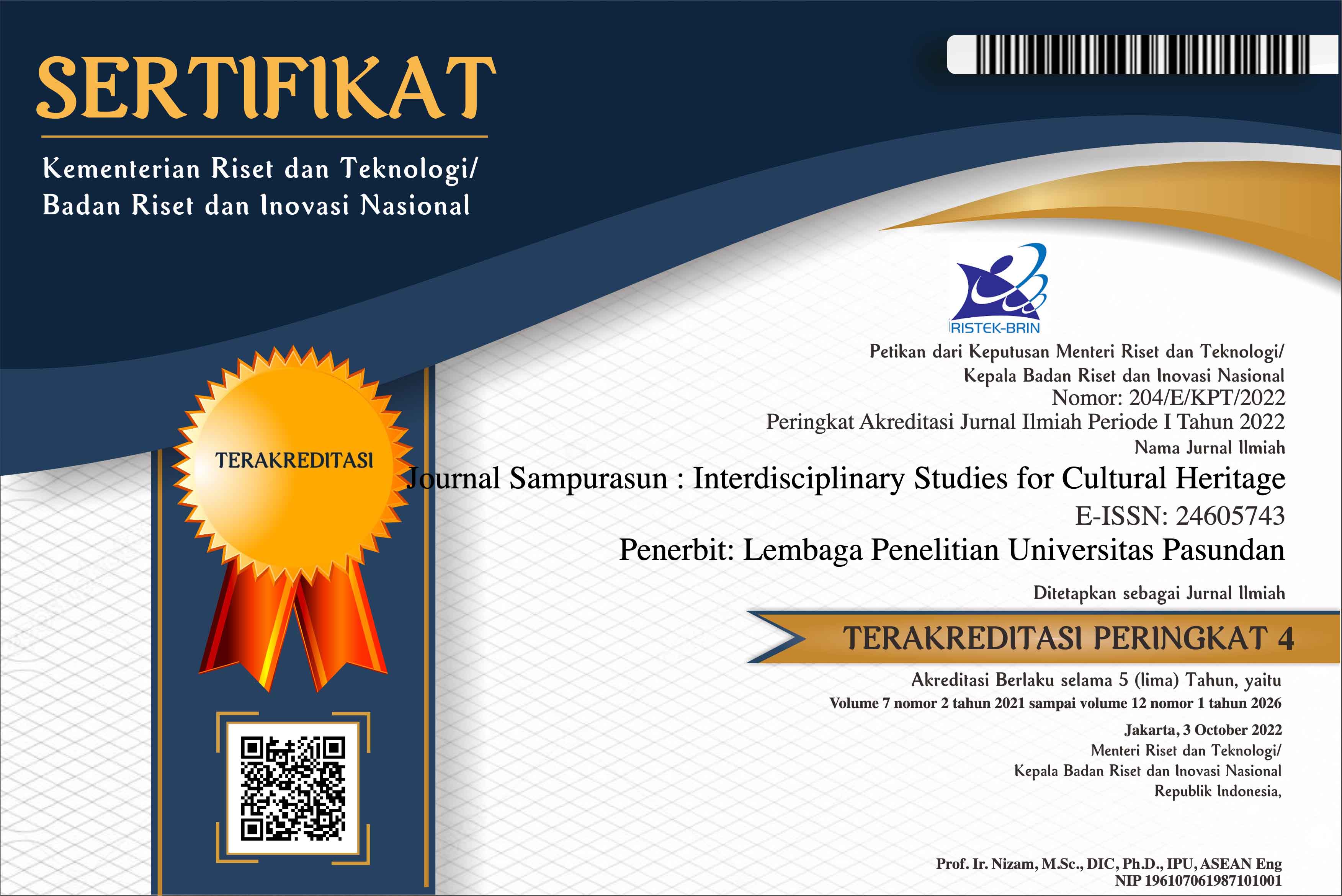CONFLICT OF LAWS IN MALAYSIAN PLURALISTIC SOCIETY: AN EXAMPLE OF ANTINOMY OF LAW IN A DUAL SYSTEM
DOI:
https://doi.org/10.23969/sampurasun.v2i2.249Keywords:
Dual System, Family Law, Legal Antinomy, Pluralism, Syariah CourtAbstract
Malaysia has a complex legal history with a multiracial society in place after the end of British colonization. Its multi-religious presence is another reflection provided in Article 3 of the Malaysian Federal Constitution, “Islam is the religion of the Federation, but other religions may be practiced in peace and harmony in any part of the Federation”. The legal system is clearly expressed in its adoption of the constitutional supremacy doctrine and the existence of the three main branches of government with a federal system of government. In so far as family law is concerned the legal system has accommodated this form by acknowledging the unwritten sources of customary laws of the various ethnic communities. However, this accommodation to realized freedom of religion has resulted in a dual system of Family Law. A set of laws and courts for the Muslims and another for the non-Muslims. It was believed that this will not be problematic since the arrangement catered for the rights of all. As Malaysian society become intertwined this arrangement may not be so easy after all. The dual family law has caused conflicting issues to arise especially in divorce proceedings and child custody battles for couples of different ethnic (and religious) groups. This is an antinomy in a pluralistic society with a dual legal system. The values that have been developed and accepted are instill among Malaysians that everyone has the right to enjoy fundamental liberties and freedom afforded by the Federal Constitution and respect is given to all to choose their own faiths and way of life in accordance with the law. This is a challenge not only for the government authorities but to the legal fraternities and judiciary in deriving acceptance and conformity on the legal compliance of all parties concerned.Downloads
References
A. A. Austin Sarat et al, (1988) “The Concept of Boundaries in the Practices and Products of Sociolegal Scholarships: An Introduction in Crossing Boundaries” in Traditions and Transformation in Law and Society Research 4.
Abdul Aziz Bari & Farid Sufian Shuaib, 2006 “Constitution of Malaysia” Pearson, Kuala Lumpur.
Chand, Hari (1998) Modern Jurisprudence
Datin Dr Hajah Mehrun Siraj, Adjunct Professor Public Lecture, Faculty of Law, Universiti Kebangsaan Malaysia, 25th May 2012, Senate Room, UKM, Bangi, Selangor.
Nice, A. Julie, “Equal Protection’s Antinomies and the Promise of a Co-Constitutive Approach” Cornell Law Review, Vol. 85, Issue 5 July 2000.
Rautenbach, Christa “Deep Legal Pluralism in South Africa: Judicial Accommodation of non-state law.” Journal of Legal Pluralisme 2010 nr.60
Law and Statutes
Constitution Amendment Acts.
Federal Constitution of Malaysia 1957
The Law Reform (Marriage and Divorce) Act 1976 (ACT 164)
The Guardianship of Infants Act 1961, Act 351 (Revised 1988)
The Guardianship of Infants Ordinance, Chapter 54
The Islamic Family Law Enactment of all states.
Downloads
Published
Issue
Section
License
Copyright Notice
Authors should not withdraw their submitted papers because the withdrawal wastes voluntary works devoted by an associate editor and reviewers. But, we accept the withdrawal of a submitted paper if authors have unavoidable reasons. In the event that a manuscript is to be withdrawn from submission to Sampurasun Journal, a letter must be sent to the editorial office requesting withdrawal by e-mail (sampurasunjournal@unpas.ac.id) with its scanned PDF file, before the notification of acceptance for publication.
The withdraw request letter must include the following information. Paper ID, Paper title, Authors names, Reason why the paper must be withdrawn, and Date and signatures of all the authors (or signature of the contact author).
If only the contact author signs the letter, he/she must obtain the agreement of the withdrawal from all the other authors and the letter must include the description that all the other authors agreed the withdrawal. The journal will not withdraw a manuscript from peer review until such a letter has been received. Authors must not assume their manuscript has been withdrawn until they have received appropriate notification from the editorial office. Withdrawal of a manuscript subsequent to acceptance for publication will only be granted in the most exceptional of circumstances.
After the paper is accepted for publication, the withdrawal is not permitted in principle. The authors must always pay the charge even if the withdrawal is permitted. Any request of withdrawal that does not follow the above procedure is treated as invalid. If illegal submission, e.g., plagiarized or duplicate submission, is found for a paper, the withdrawal of the paper will never be permitted and the authors will be punished based on the rule. It is not acceptable practice to withdraw a manuscript in the event of acceptance at another journal. This constitutes dual submission. The editorial office of the other journal will be notified of your actions. In such circumstances Sampurasun ISCH may chose to impose appropriate punitive action subject.
Withdrawal Penalty
Author is not allowed to withdraw submitted manuscripts, because the withdrawal is waste of valuable resources that editors and referees spent a great deal of time processing submitted manuscript, money and works invested by the publisher. If author still requests withdrawal of his/her manuscript when the manuscript is still in the peer-reviewing process, author will be punished with paying $200 per manuscript, as withdrawal penalty to the publisher. However, it is unethical to withdraw a submitted manuscript from one journal if accepted by another journal. The withdrawal of manuscript after the manuscript is accepted for publication, author will be punished by paying US$500 per manuscript. Withdrawal of manuscript is only allowed after withdrawal penalty has been fully paid to the Publisher. If author don't agree to pay the penalty, the author and his/her affiliation will be blacklisted for publication in this journal. Even, his/her previously published articles will be removed from our online system.


















